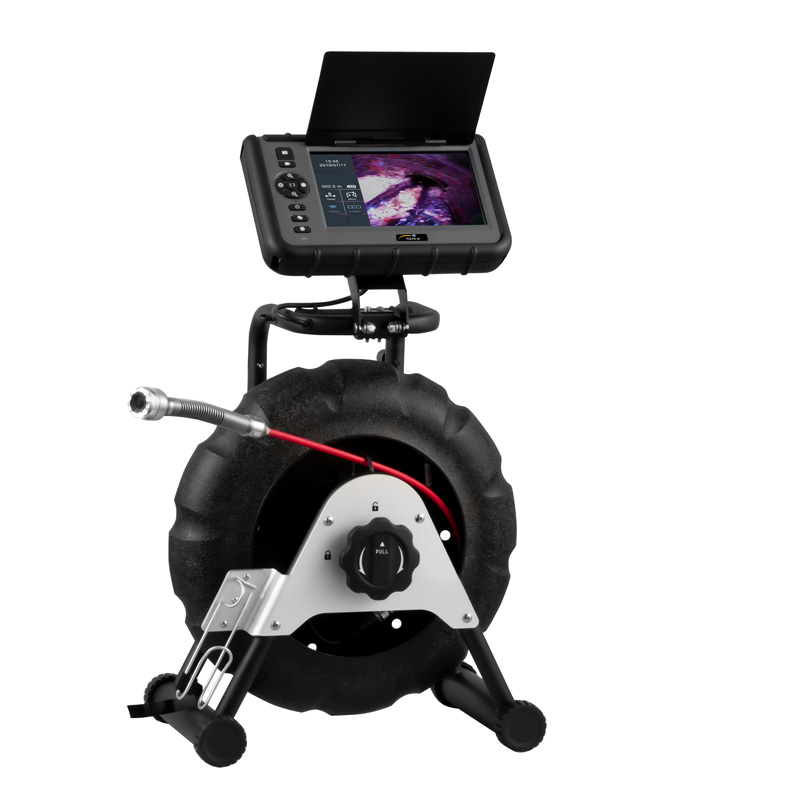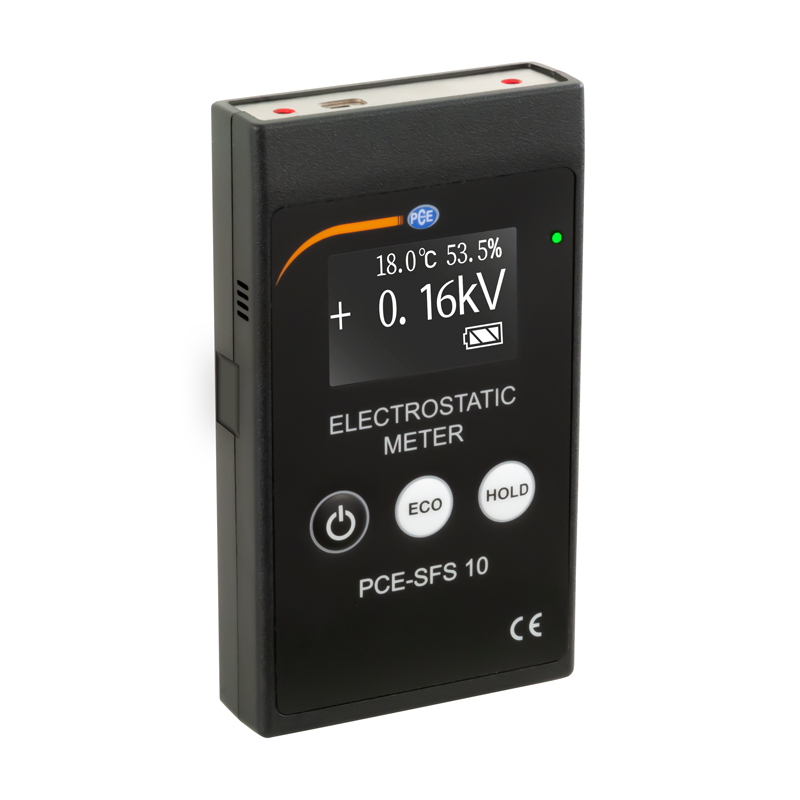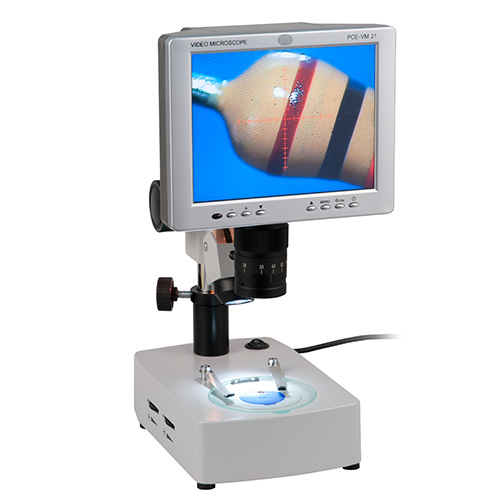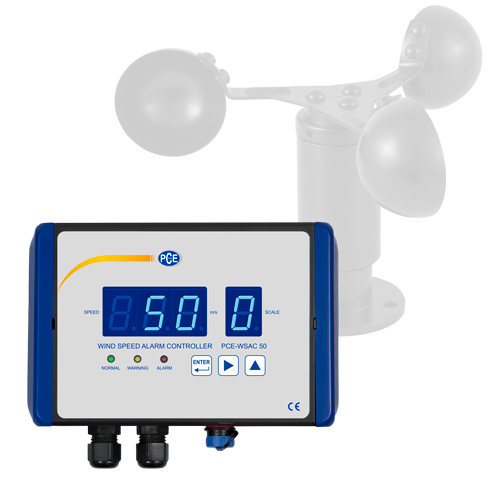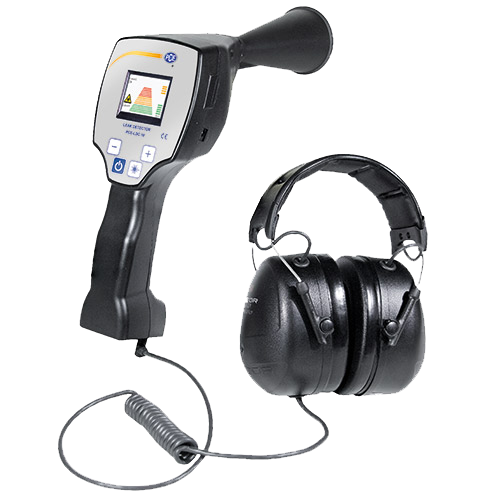Inspection Camera, a versatile tool designed for visual inspection in hard-to-reach or confined spaces. Inspection cameras, also known as borescopes or endoscopes, are widely used in various industries, including automotive, plumbing, construction, and maintenance. Here are the key features of our Inspection Camera:
PCE
Inspection Camera
Key Features:
- Flexible or Rigid Cable: Inspection cameras come with either a flexible or rigid cable, allowing users to navigate through different types of spaces. Flexible cables are ideal for navigating around bends and curves, while rigid cables provide stability for straighter paths.
- Camera Head:
- High-Resolution Imaging: The camera head captures high-resolution images or videos for detailed inspections.
- Adjustable Focus: Some models have an adjustable focus to ensure clear imaging at various distances.
- Illumination:
- Built-in LED Lights: Integrated LED lights on the camera head illuminate the inspection area, providing clear visibility in dark or poorly lit spaces.
- Adjustable Brightness: Some models allow users to adjust the brightness of the LED lights for optimal illumination.
- Articulation (For Flexible Models): Certain inspection cameras have articulating features, allowing the camera head to be articulated or bent, providing a wider field of view and maneuverability in complex spaces.
- Wireless Connectivity (Optional): Some inspection cameras offer wireless connectivity, allowing users to view real-time inspection footage on smartphones or tablets via Wi-Fi or Bluetooth connections.
- Digital Display: The inspection camera may come with a built-in digital display for immediate viewing of inspection results, eliminating the need for external devices.
- Waterproof or Water-Resistant Design: Many inspection cameras are designed to be waterproof or water-resistant, enabling their use in wet or submerged environments, such as plumbing inspections.
- Probe Length and Diameter: Inspection cameras come in various probe lengths and diameters to suit different applications. A smaller diameter is useful for accessing tighter spaces.
- Recording and Storage: Some models allow users to capture images or record videos during inspections, with options for internal storage or external SD card support.
- Portable and Lightweight Design: Inspection cameras are typically compact and lightweight, facilitating easy portability and maneuverability during inspections.
- Battery Operation: The camera is often powered by rechargeable batteries, providing flexibility for use in locations without direct power sources.
- Multiple Accessories: Various accessories such as mirror attachments, magnet attachments, or hook attachments may be included to enhance the camera’s versatility for different inspection tasks.
- User-Friendly Controls: The controls are designed to be user-friendly, allowing for easy navigation, zooming, and capturing of images or videos.
- Applications: Inspection cameras are suitable for a wide range of applications, including automotive diagnostics, plumbing inspections, HVAC maintenance, electrical inspections, and more.




